|
In a year now past - of troubles and turmoil, so many loved ones across the globe have sacrificed their lives for the freedom and safety of others. It is time for the world to shed hatred, deceit, pain and suffering on others. Consideration of cultural values, ethics and moral rights need to be understood. Invasion of lands, personal space and the feelings of others are not to be trodden on - for the sake of greed and personal gain.
We are not living in the dark ages; we are a modern and evolving race who fully understand the consequences of overpowering and manipulating others - societal habits, businesses and countries who are set on sucking our planet dry for their own benefit, obliterating other species and all that is good in the world. Now is the time to think - how does your presence in another’s life, affect them? How can I pick up the broken pieces of this world and make it better? We maybe one small snail existing among the great and powerful, but a band of caring snails can restore our garden of Eden. Make this the first day for change! #sketa #justice #unicef #unitedstates #familyfirst #friendsforever #school #library #mankind #footprint #you #your #responsibility #makeachange @sketaozgroup @selinakucks Music - creative commons - Nathan Angelo•Spread a Little Happiness Thank you, Nathan! (Nathan Angelo) It has been a couple of weeks since last I did a blog, so here is what I have been up to - Not a whole lot! Watercolour has again touched my palette and I am busy with a series of mousy characters that will be used as plates for a new bundle of commissioned work. As you know, I like to take my time throughout the whole process from ideation to testing and then laying out the watercolour. I do heaps of research to get characters looking just the way they should or rather would have looked in the days of Beatrix Potter. Actually, I find the whole process an incredible step back in the past and puts me very much in touch with my technique. I get so worried I will stuff up the treatment of work that sometimes, I think I overwork my pieces for fear of failure. This is something that I fear most in all spheres of my artistic world, as many of you well know. If it is not just right, I will rip it up and start again, no matter the hours spent on creation of the piece. Tell me, I know not if that is good or a bad thing. A good friend of mine always reminds me that this is not always a good decision and suggests to, “just put it out there and get perfect later”. I reckon this works well for most things in business, because as one develops a product you can always tweak the product a little way down the track. Yet, as you know this is not the case for creatives of illustration, tales, design or performance. All are what make up my being. So I guess, even though I would love to follow this suggestion – it is not as practical as when I first thought.
On a personal note - I would like to thank all of you who have encouraged and given me strength over the past trying months with the Big C. It has been a huge learning curve; lots of mental adjustment and just trying to move forward and not thinking about any of it. I feel so blessed and much stronger than I was a couple of months ago and with God’s blessing, all of this will be very much behind me. So again, thanks to everyone. Mwa! 😊 Getting back to what I love doing has of course, been somewhat trying this month.
I started with good intentions and then I ended up sleeping a lot, I mean a lot. If any of you know, my athletic body often requires considerable sleep and when it is out of sync - then, I guess God takes over and knocks me out for a good 14 hours or so. It is not unusual for me to wake only for half an hour or so and then, it is back to the pillow. However, things are improving and so too, is the regularity at which I feel like picking up a pencil or paintbrush. Of course, the fog and rain spurs me on. Thankfully, I have been blessed by a caring family who have been onboard with my life marathon. I feel blessed. :) Anyhow, my efforts today have been rewarding; maybe I’ll be just as lucky tomorrow. ...A hippity-hop down memory lane.
Both watercolours were produced last year, but it is so nice to review my progress and the difference in watercolour application. I believe, reviewing one's work is an essential part of improvement. Although one does not see blemishes, while in the process of creation; one can vividly see things to improve on, after leaving a painting to rest for a few weeks or even months. #sketa Watercolour is such a tricky medium and unless you keep your hand in the pot with a good deal of regularity, it is easy to get stale. Keeping the right consistency and ration of paint to water is always an art in itself. This applies to whether you are a pure wash, wet on wet painter; a wet on dry or even dry on dry artist. All of it, requires such dedication to the art form. Renewing fluidity across the page is through trial and error, and hundreds of hours of just placing the brush on the page, which at times can be so daunting if you are a perfectionist and hate making mistakes. A blob can look like a disaster and put you off the watercolour paper for ages. However, trying to just bite the bullet and forget about creating a picture is often the best thing you can do. I like to tackle days like these as just a learning task, where I am trying to overcome problems on the paper or with the tools and paints I am using. I literally write - 'test' or 'task' at the top of the page with a clarifying phrase that tells me what I am trying to achieve with my painting for the day. i.e. 'master proportions' or 'control light'. In this manner, I have set myself an achievable goal, that means if I make a mistake, it's okay and that it doesn't matter and then I don't get so upset if it all goes wrong. I also find it easier to zone into the painting because it has become more of a task of mastering problems than rendering a wonderful masterpiece. Then, if all goes well and I have learnt to control what I set out to do, I end up with a bonus - maybe a good-looking painting. I take notes and record how I achieved the results I have so that I can practice it all over again and improve on what I have done. Sometimes, I don't get back to the drawing board for a week or so and I have forgotten everything I have learnt, the weekend before. I do my best to be at the drawing board with a great deal of regularity, but realistically speaking, this is not always possible. Anyhow, this week's trials and errors have been with the creation of twin paintings. Neither are yet finished, as you can see both have blank and line work still on the paper. Each has the same characters, but I wanted to bring them nearer the fence line as if they have stopped for a quick conversation with the little red robin who has been following them through the snow fields. My task was to use the paper as the snow and to minimise the use of both watercolour and ink for the setting. A hard task. If I put too much on the paper, it's going to look like your standard grasslands and if I use too little, the paintings are going to look unfinished. Hence, the reason I have paused work on both because I am scared I am going to over do them - yes, I know they are learning curves and I am trying not to let my perfectionist nature kick in. This stuff is so much easier said than done - trust me.
So many of you have asked over the last wee while as to what my studio now looks like; what sort of things I use and how I organise my bits and pieces. I can't say that it is set up exactly the way I would like - sort of a work in progress, I'm always finding new ways of placing things. None-the-less, I have put together a quick whizz through and hope it helps out your curiosity.
I might - at a later date, put together a series of these videos to show you my usual habits and workings. I think it is always nice to see how other artists organise things and what their days might look. I still have to share my days with teaching and business paper work, which at times seems never ending. Eventually, that will lessen and I will be able to put my heart and soul into my watercolour and writing. Well, that's the plan, anyhow. So many afternoons, I can't wait to pick up my paint brush and just paint. However, given the busy-ness of the world and that teaching often consumes my hours - especially around this time of the year - this is not always possible. Sometimes, I just have to be satisfied with 20 minutes or so on the weekends. No, it is not enough, but if that is all there is - I'll take it. It is unfortunate, but if one does not get regular access to practice - like the old saying goes - 'if you don't use it, you lose it.' I think this saying is very valid, when it comes to water colour. Continual practice is necessary, as is remembering which paper or brush worked the best under the conditions. Remembering which treatment you used, whether it was wet on wet, wet on dry, dry on dry, to ink before or after you paint or for that matter did you ink while the paint was wet. I think if one has regular practice, you don't have to think about all that because like driving a car it becomes second nature - part of your usual working. I am forever sacrificing my painting time, while I am trying to earn a living. However, because I so enjoy doing what I do, I just keep plodding on, despite the fact I often take two steps back and one step forward.
|
|
Need Support? |
Get to Know Us |
© SKETA OZ DESIGN 2022
ALL RIGHTS RESERVED |
Australia | Korea
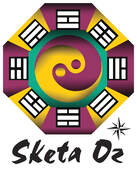
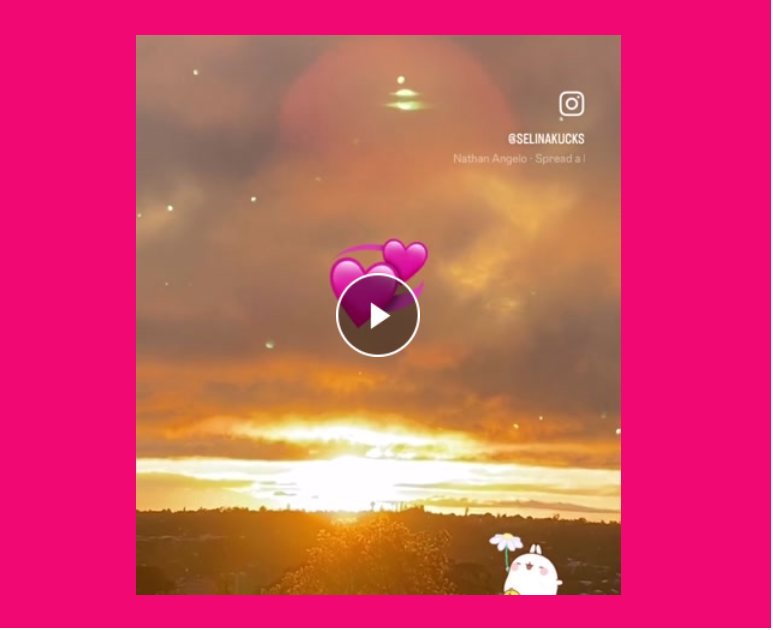
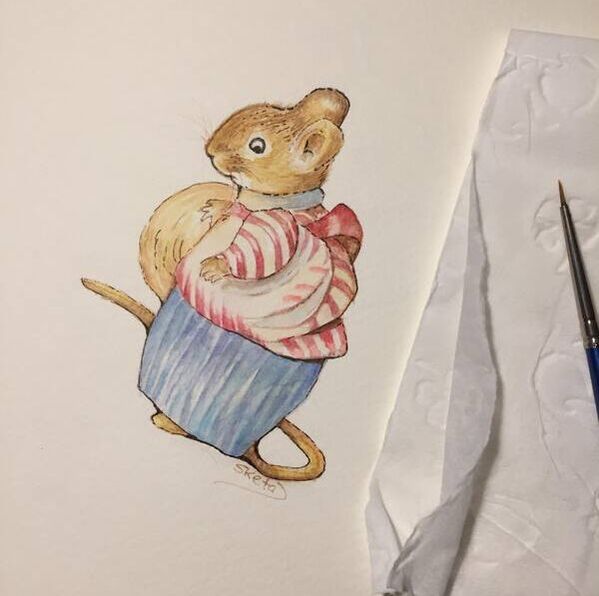
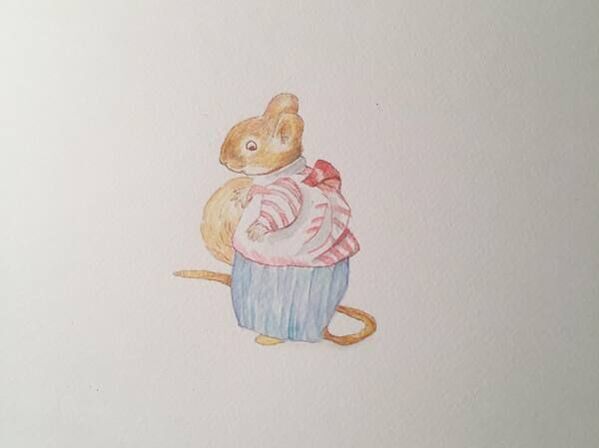
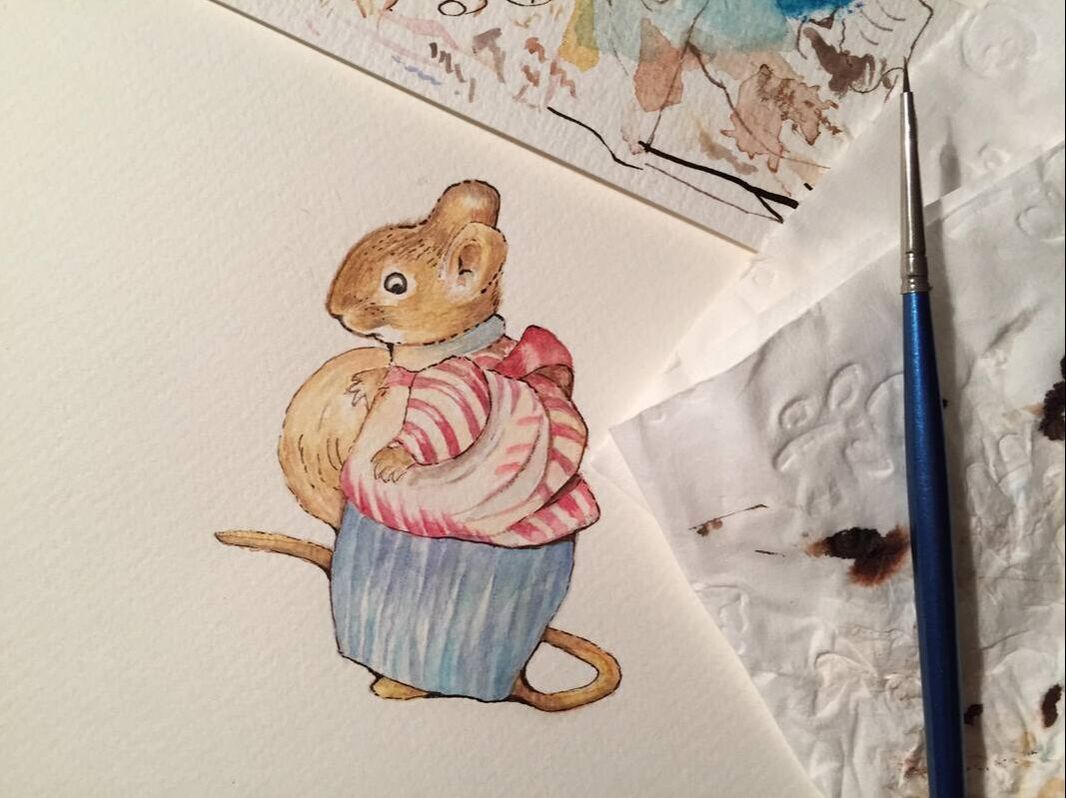
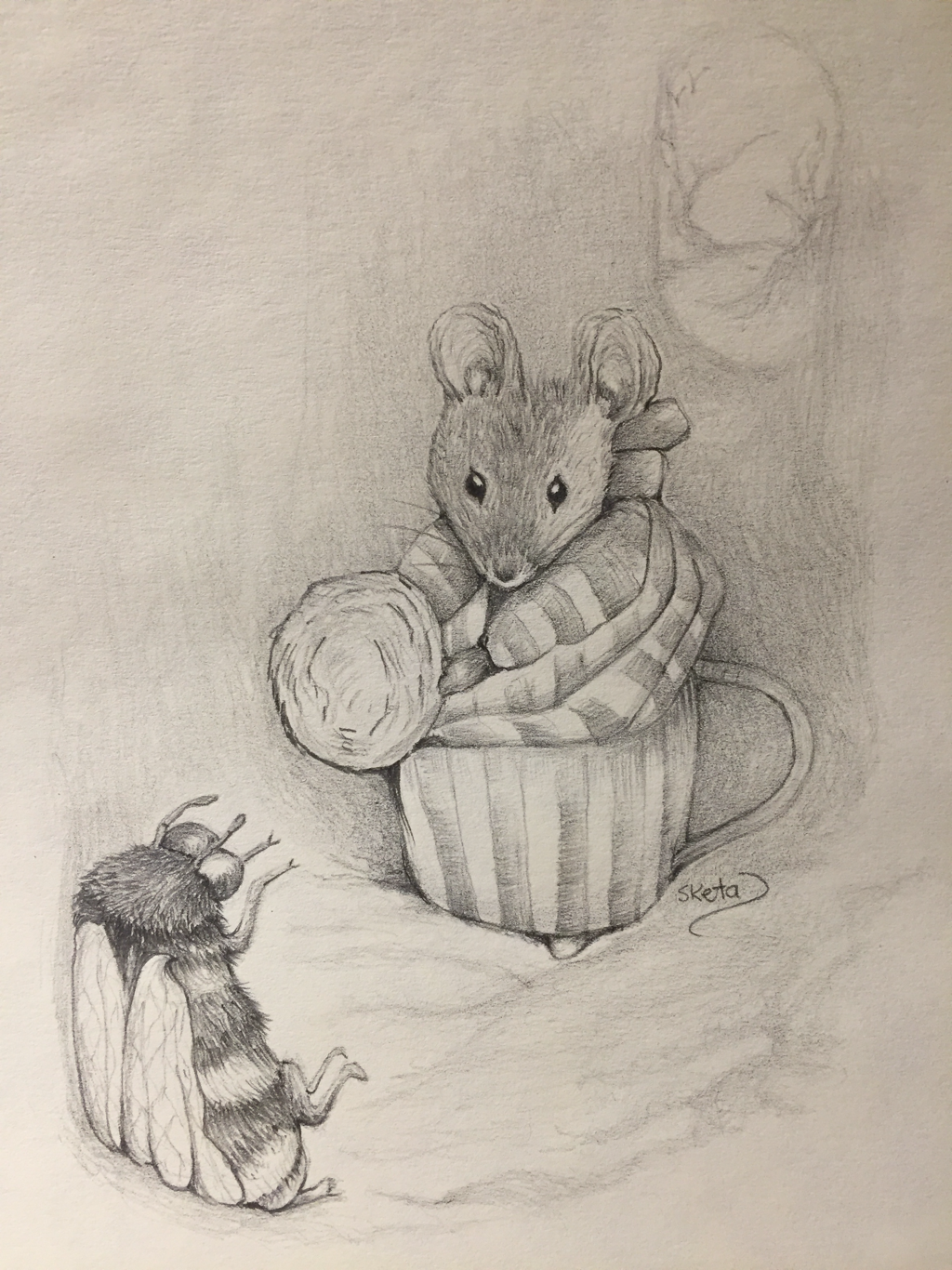
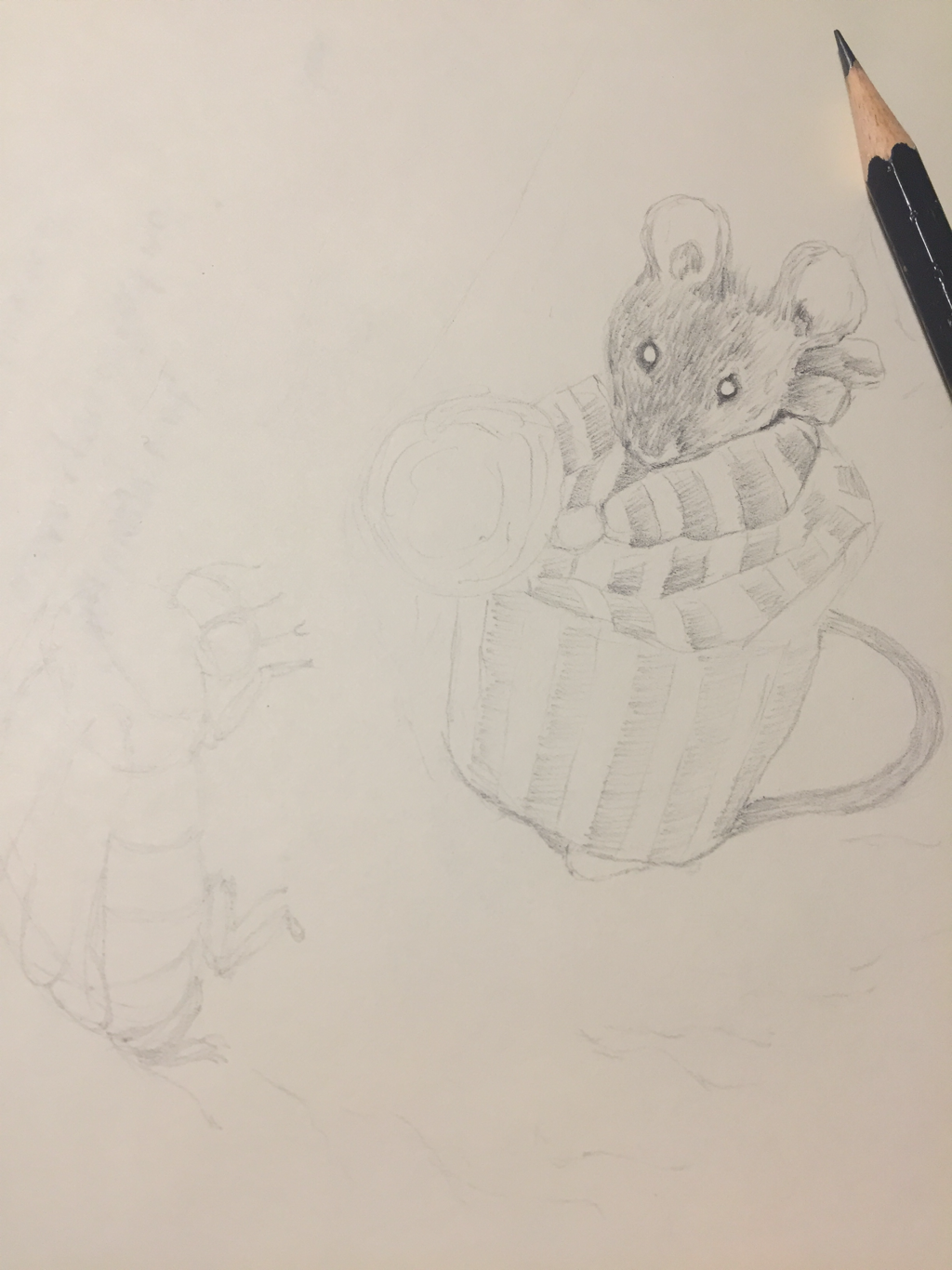
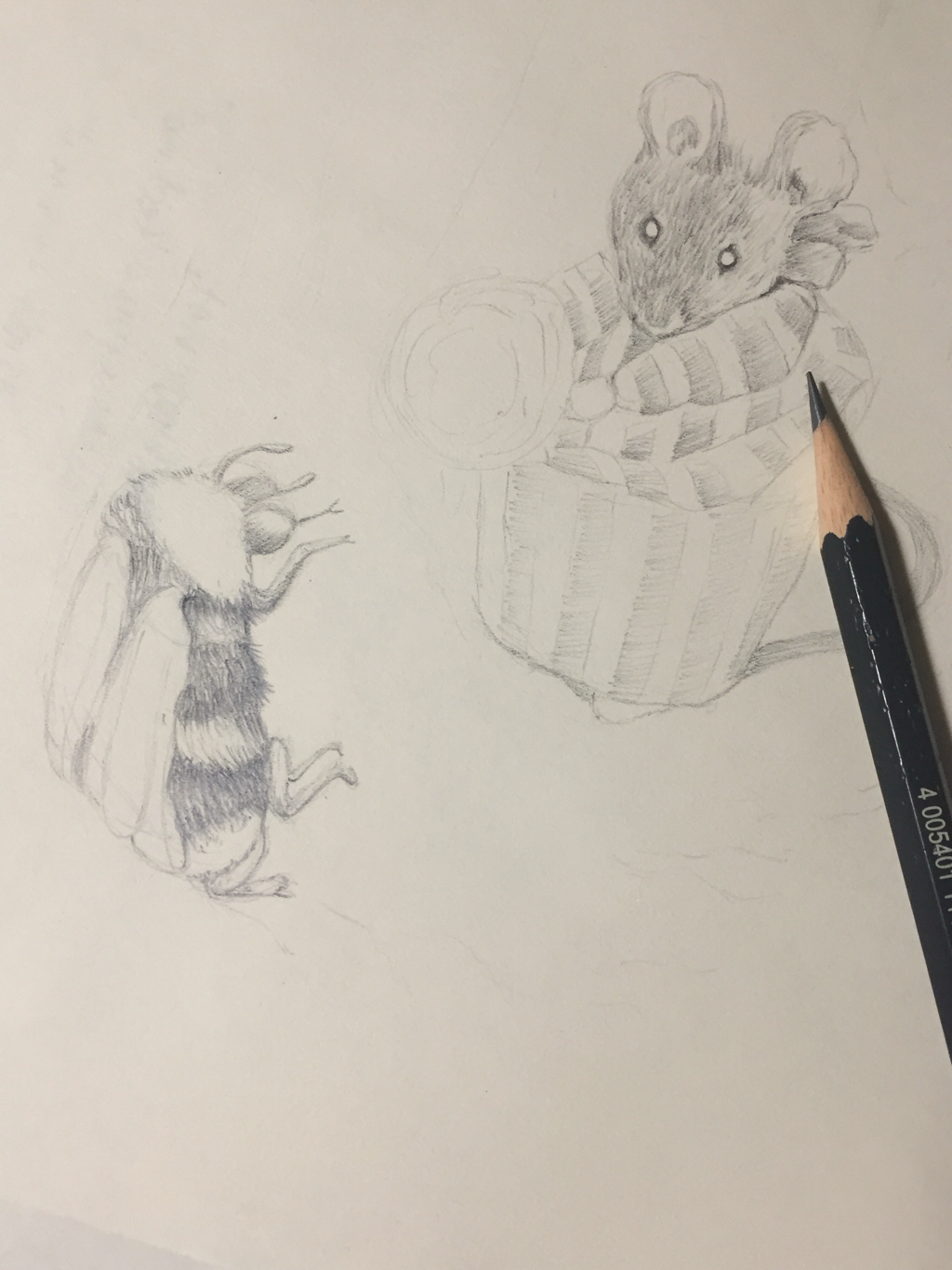

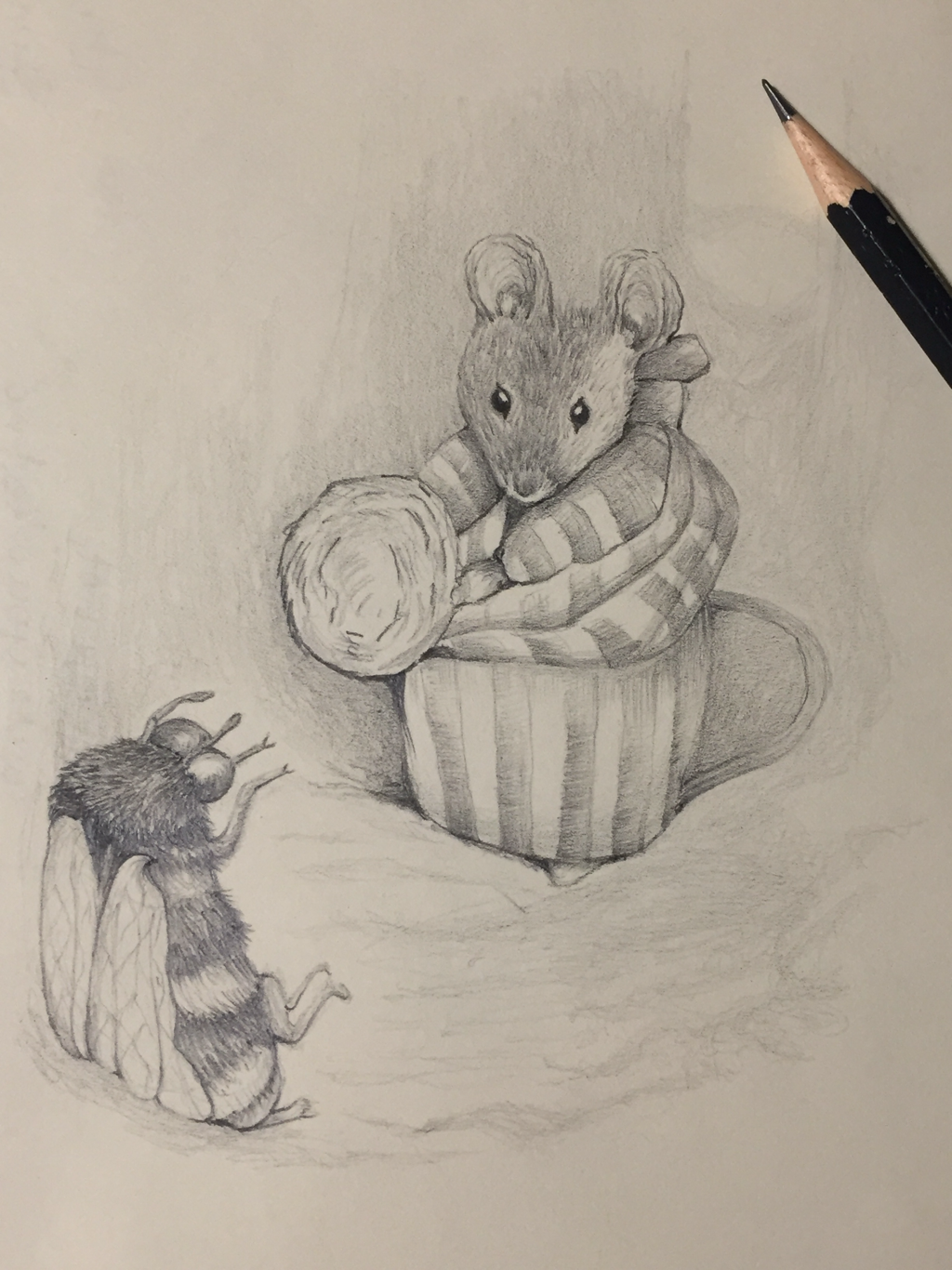

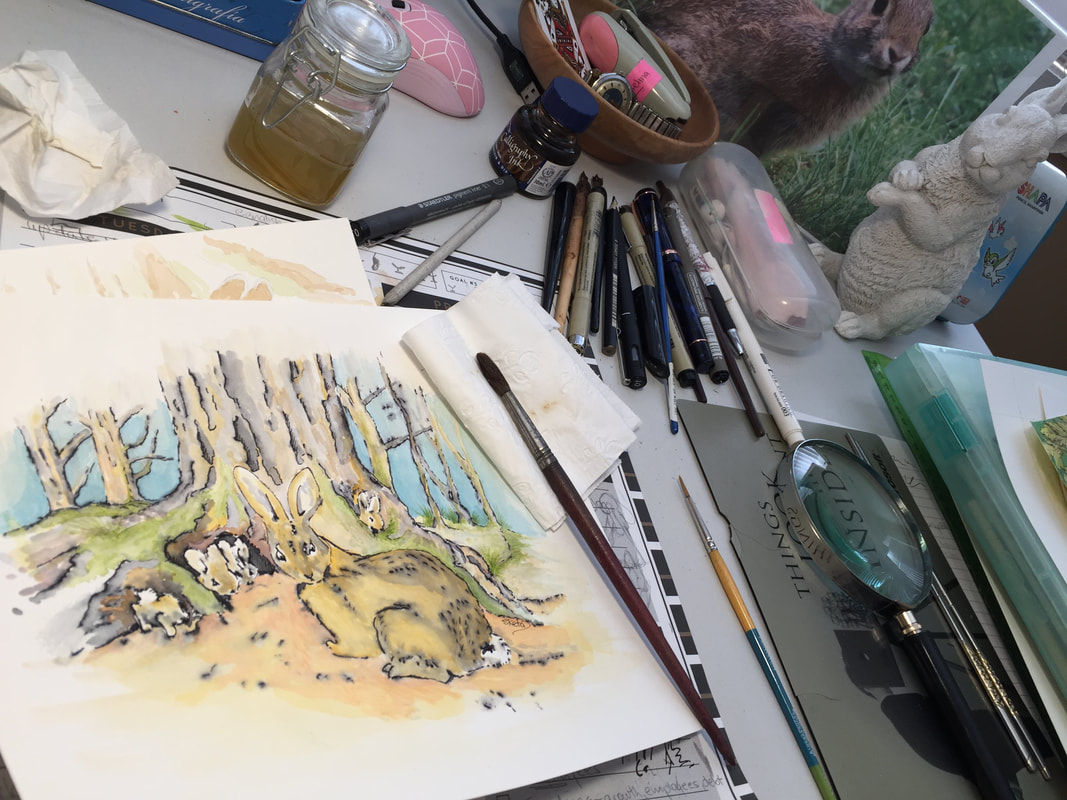
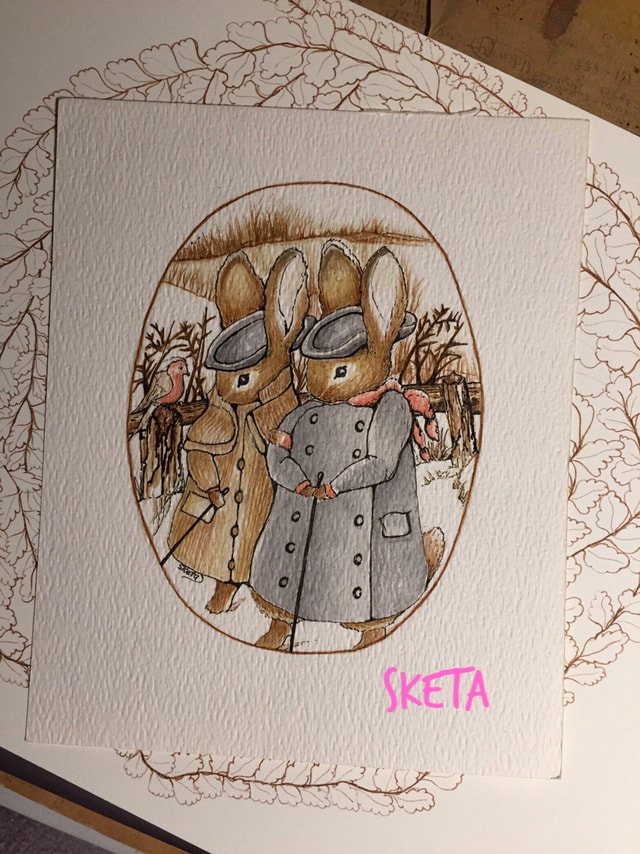
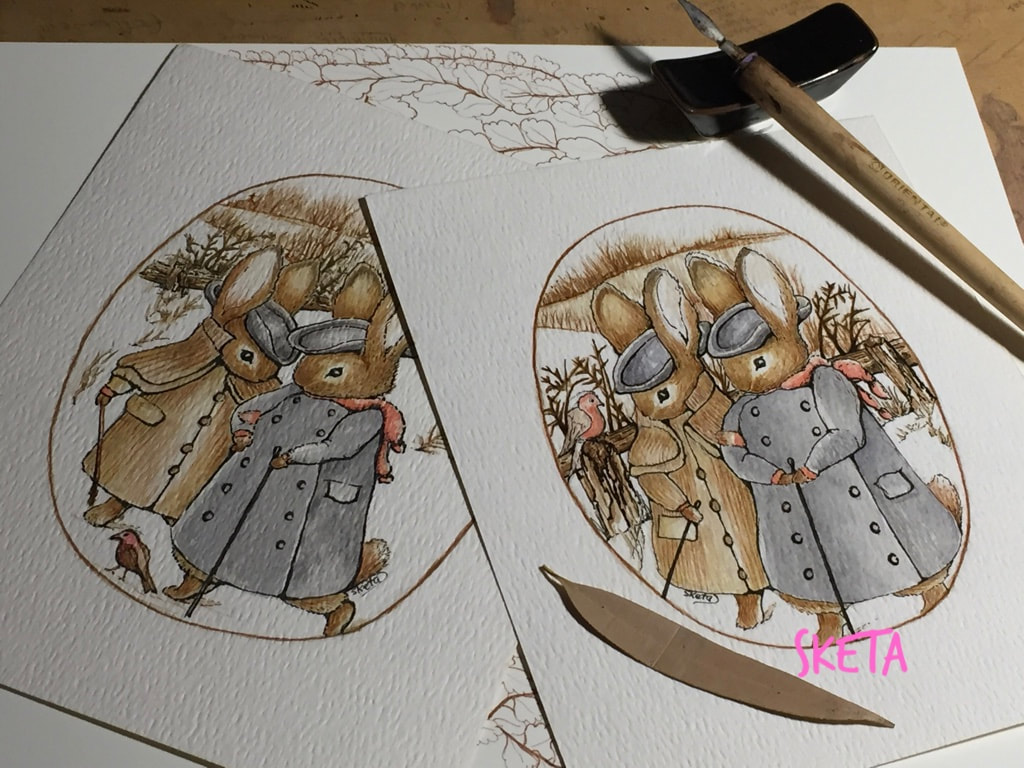
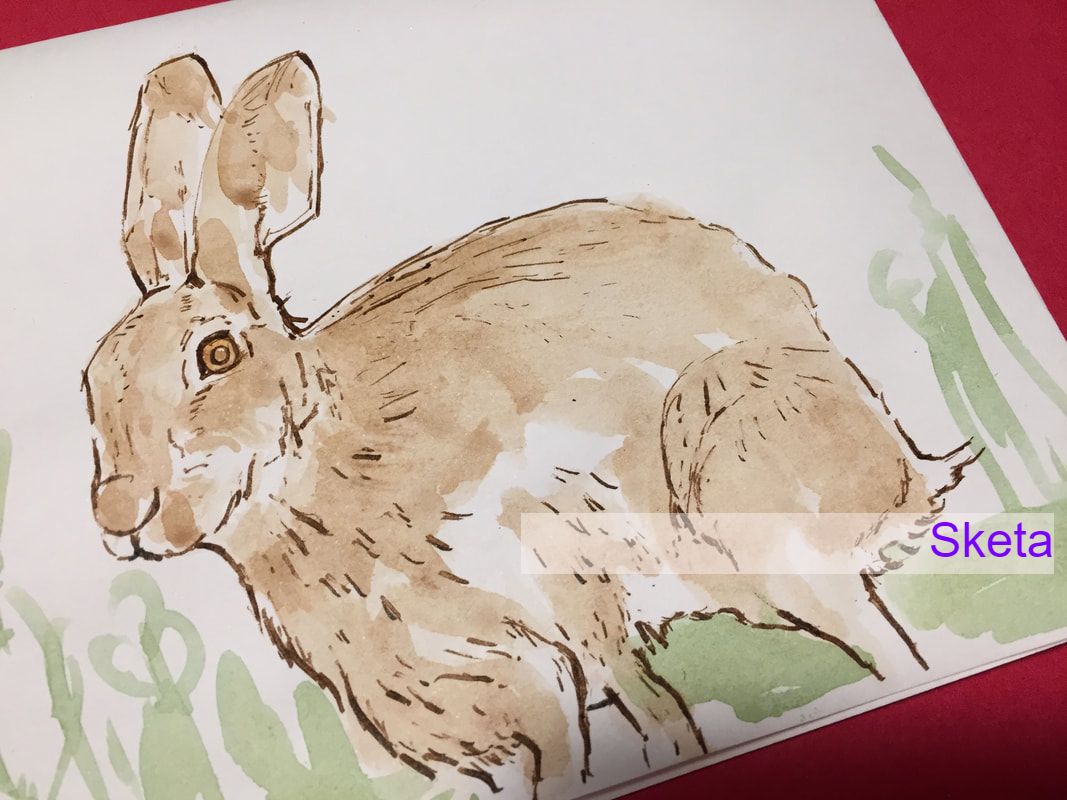
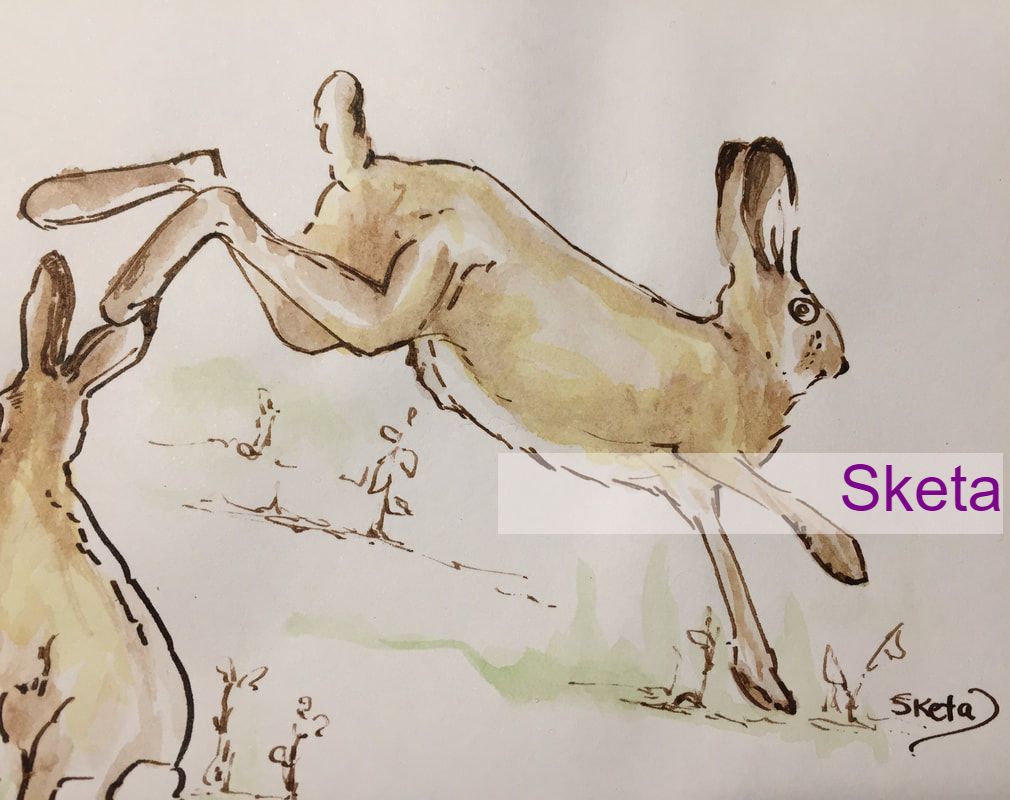
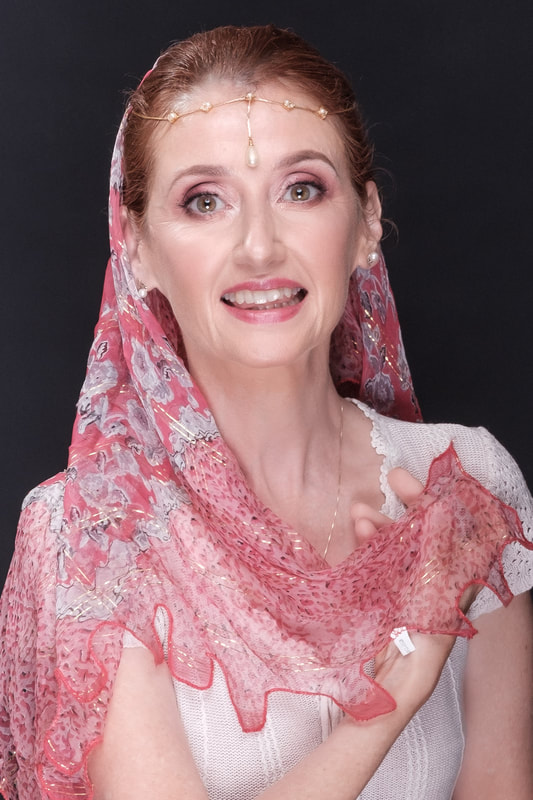
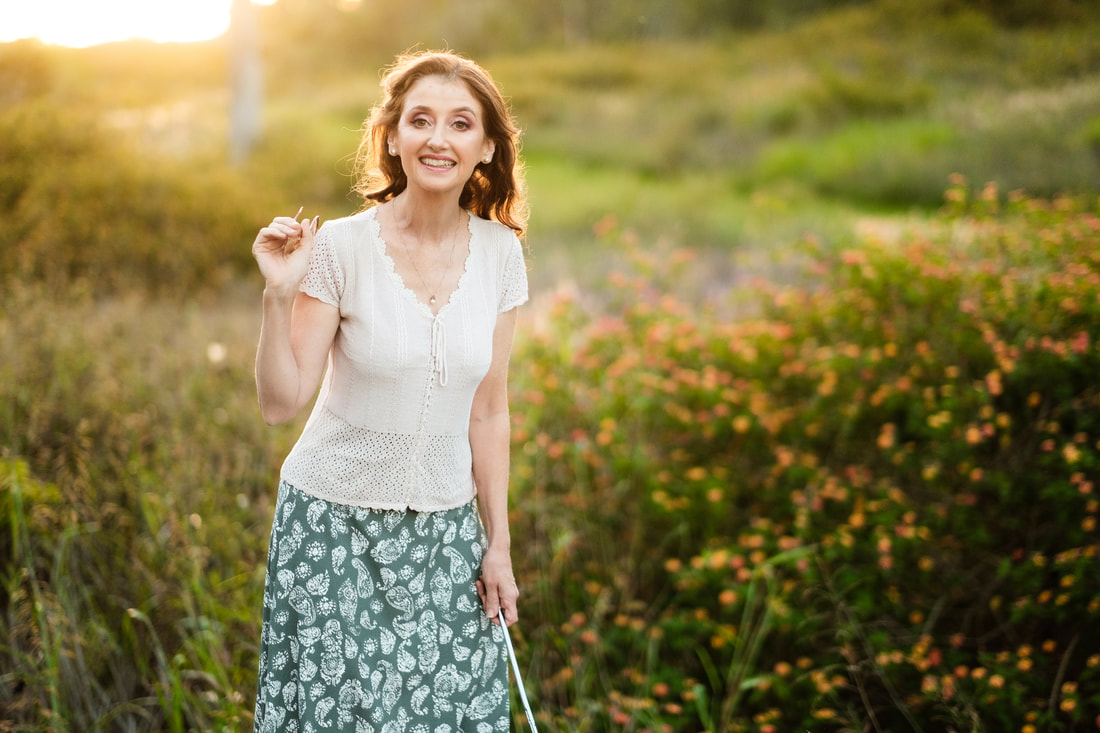
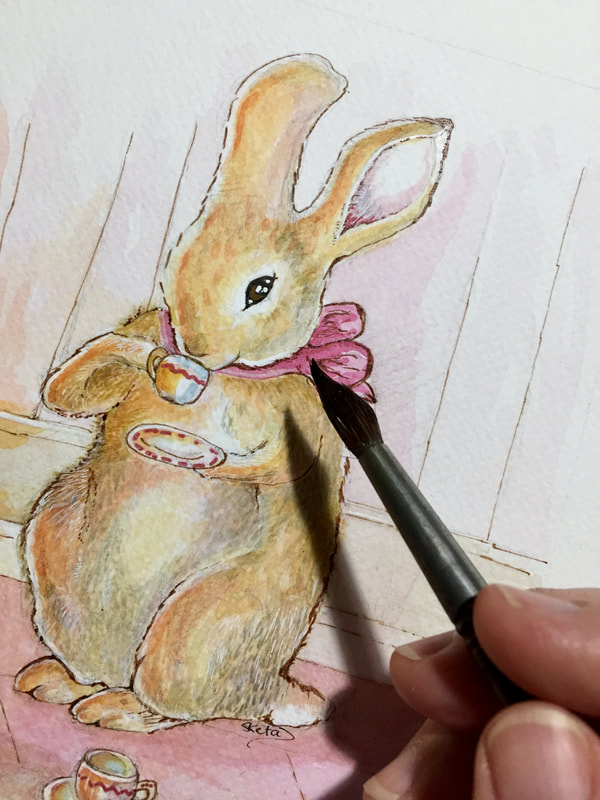

 RSS Feed
RSS Feed
